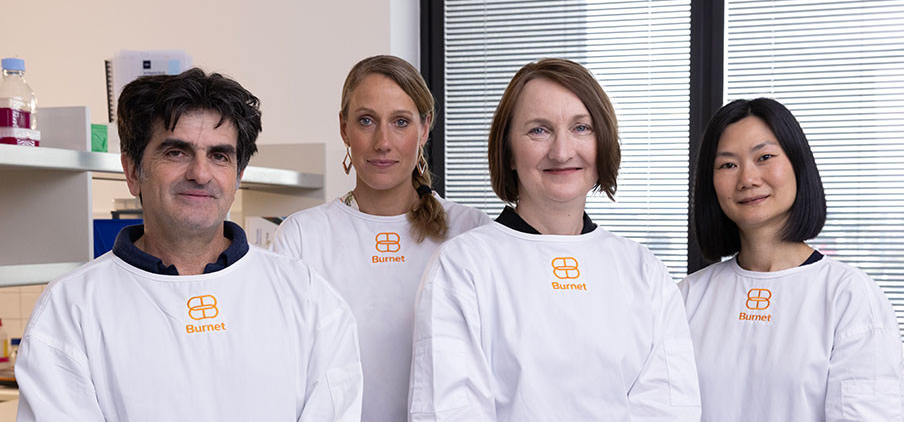Phillip Luong
Mathematical Modeller
Working groups

Background
Phillip originally started working at the Burnet in the summer of 2015-16 on some holiday research projects during his undergraduate degree building compartmental models and agent-based models for diseases such as hepatitis C, syphilis, and tuberculosis. After completing his degrees in Biomedical Science and Science (majors in Applied Mathematics and Statistics), he has returned to the Burnet as a Mathematical Modeller and is currently involved in building and calibrating models to measure the health and financial impacts of novel products targeting typhoid, and developing transmission models for hepatitis B.
Qualifications
- 2018: Bachelor of Science (Honours) – Applied Mathematics and Statistics, Monash University
- 2016: Bachelor of Biomedical Science, Monash University
Positions
- 2021-Present: Mathematical Modeller, Burnet Institute
- 2017-2020: Teaching Associate, Monash University School of Mathematics
- 2018-2019: Data Analyst, Flying Art Films
Burnet publications
View 1 moreOptimising TB investments in Belarus, Moldova, Kyrgyz Republic, Tajikistan and Uzbekistan: An allocative efficiency analysis
PLOS Global Public Health
Anna L. Bowring et al
A global investment case for hepatitis B elimination: a modelling study
˜The œLancet. Gastroenterology & hepatology
Chris Seaman et al
Geographic Service Delivery for Endovascular Clot Retrieval: Using Discrete Event Simulation to Optimize Resources
World Neurosurgery
Phillip Luong
Current projects

Hepatitis B modelling
We use mathematical and economic models to inform global efforts to achieving the elimination of hepatitis B as a public health threat.
Hepatitis C modelling
Our modelling aims to help countries identify the most effective and cost-effective ways to eliminate hepatitis C as a public health threat.



